During home renovations, one common question is, "Do I need a vapor barrier?" There are different kinds of vapor retarders available on the market, and we've researched this topic thoroughly. In this post, we'll talk about vapor barrier paint and plastic and which would be more suitable to use in your home.
A vapor barrier or retarder is typically a sheet of foil and plastic used to prevent condensation from forming in the walls of your home or building. Vapor barrier paint is a coating that prevents the loss of moisture through the walls and ceilings, essentially creating a waterproof barrier for your home.
We know that the choice between using plastic sheet retarders or retarder paint can be a little confusing. Fortunately, we've listed all the information you need to know. Keep reading as we discuss which of the two is better and other alternatives that you can use as vapor retardant in your home.
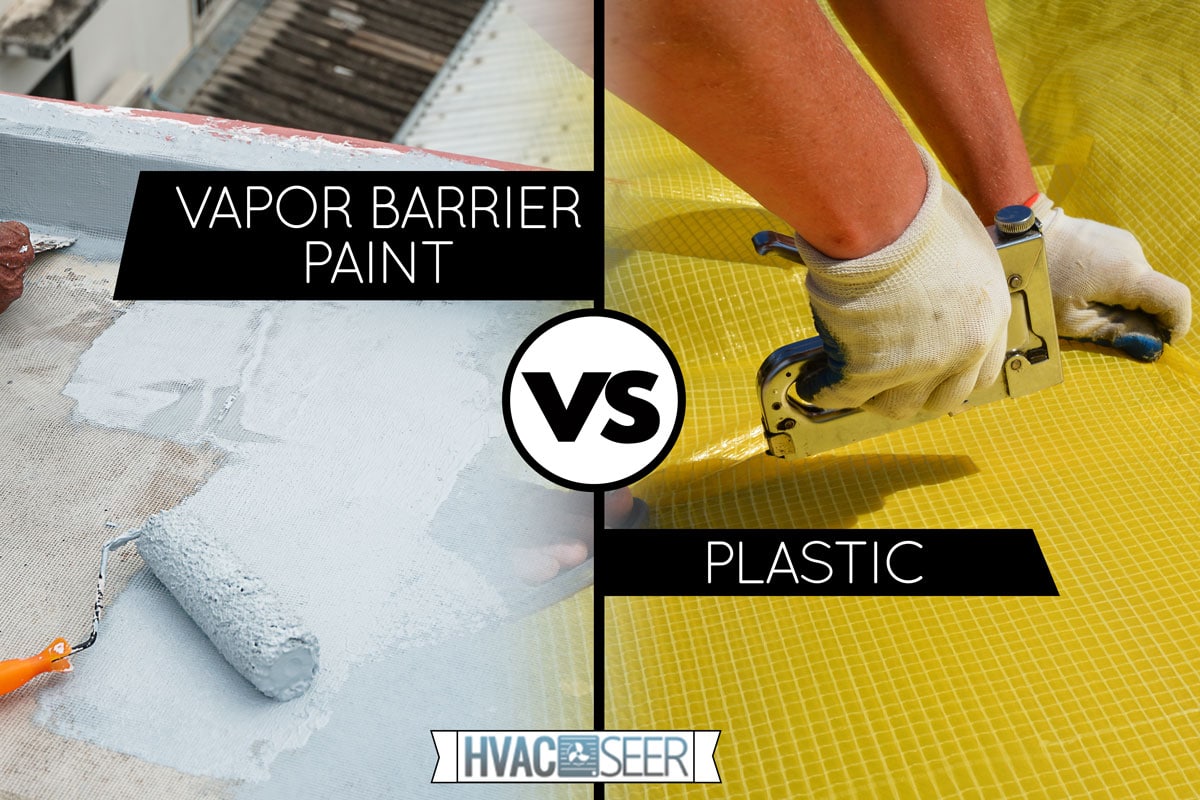
Vapor Barrier Paint Vs. Plastic
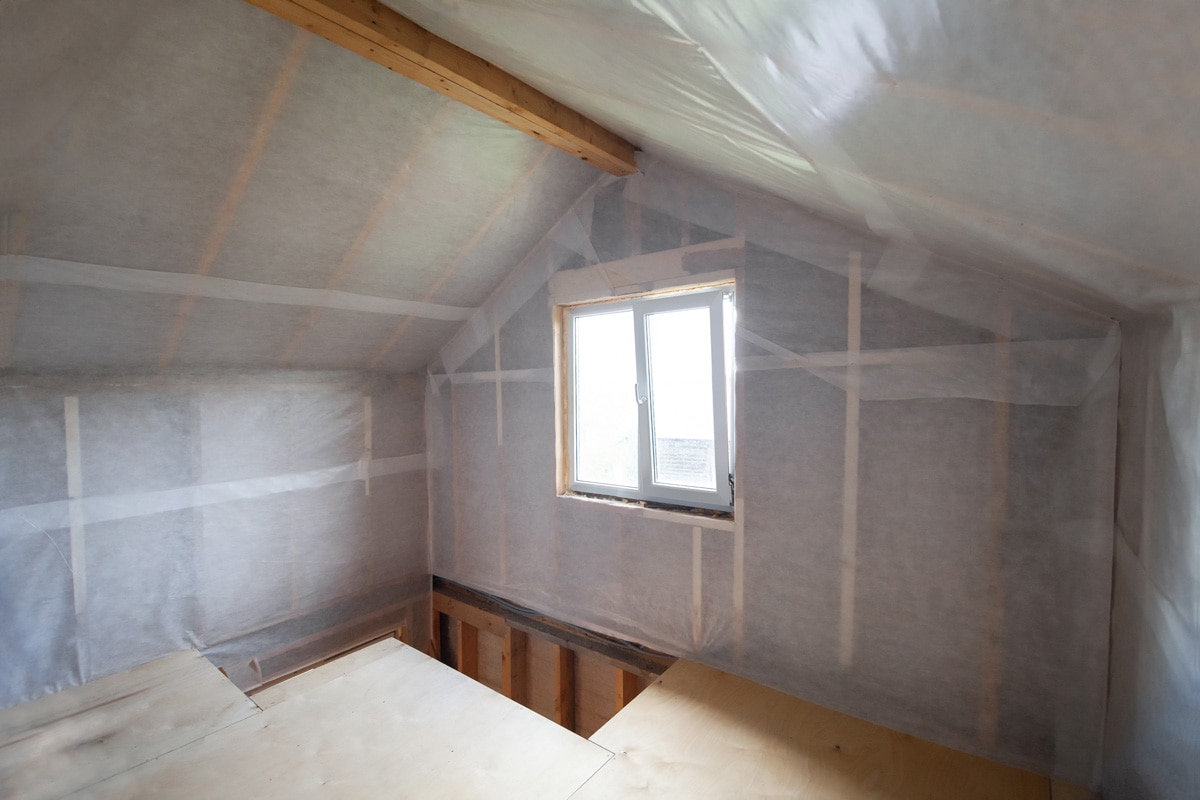
When doing home renovations and construction, one of the important things to consider is the installation of vapor barriers to prevent moisture from building up in the walls. One of the most common practices is to put up vapor barriers or retardants that are typically made of plastic or foil. However, there is an alternative in the form of vapor barrier paint.
Vapor barriers are materials that prevent water vapor from permeating into the walls. This is an issue that commonly causes mold and mildew to build up on the interiors of buildings and walls, which can then cause deeper damage to the structure. Without a vapor barrier, some homes experience rotting walls faster than their counterparts.
In the U.S., colder areas require homes and buildings to have vapor barriers installed according to their building codes. According to the IRC, different climate zones should use different classes of vapor barriers depending on the amount of water the area receives. Here is the list of considerations you should look into before building your home or building.
Plastic vapor barriers are also called vapor retarders. They are made of different materials, but in most cases, a polyethylene barrier is used for different areas of the home. It is listed as a Class 1 vapor retarder, according to the U.S. Department of Energy.
If you live in an area that gets cold or humid fairly easily, it is important to get a Class 1 or 2 vapor barrier or retardant. This is to ensure that water will not seep through the walls and cause mold and fungi to grow.
Get this vapor barrier on Amazon.
Vapor barrier paints, on the other hand, are wall coatings that reduce the transfer of moisture through the ceilings and walls. These paints are mostly used on the interior walls of the home, essentially "waterproofing" the walls. This paint can be twice as effective as vapor retardants because these coatings do not allow water vapor to seep through.
Areas that do not have strict requirements on vapor barriers can use these paints as an alternative. These paints do well in areas that do not get extremely cold and have fairly reasonable weather conditions throughout the year.
These two vapor retardants have different purposes, depending on the location of the home. Since there are building code requirements for certain areas, there are situations where polyethylene barriers cannot be completely replaced.
However, more temperate and favorable climates can find a replacement for these polyethylene barriers. This is where vapor barrier paints can be used. Since vapor barrier paint simply needs to be painted on the walls, you'll have less to worry about with installation, and the cost will be significantly lower.
If the area you live in does not have strict building codes on vapor barriers, do consider using these paints as an alternative. They are also easier to maintain, and the paint can do the work better than your typical polyethylene barriers.
Check out this vapor barrier paint on Amazon.
Do I Need A Vapor Barrier?
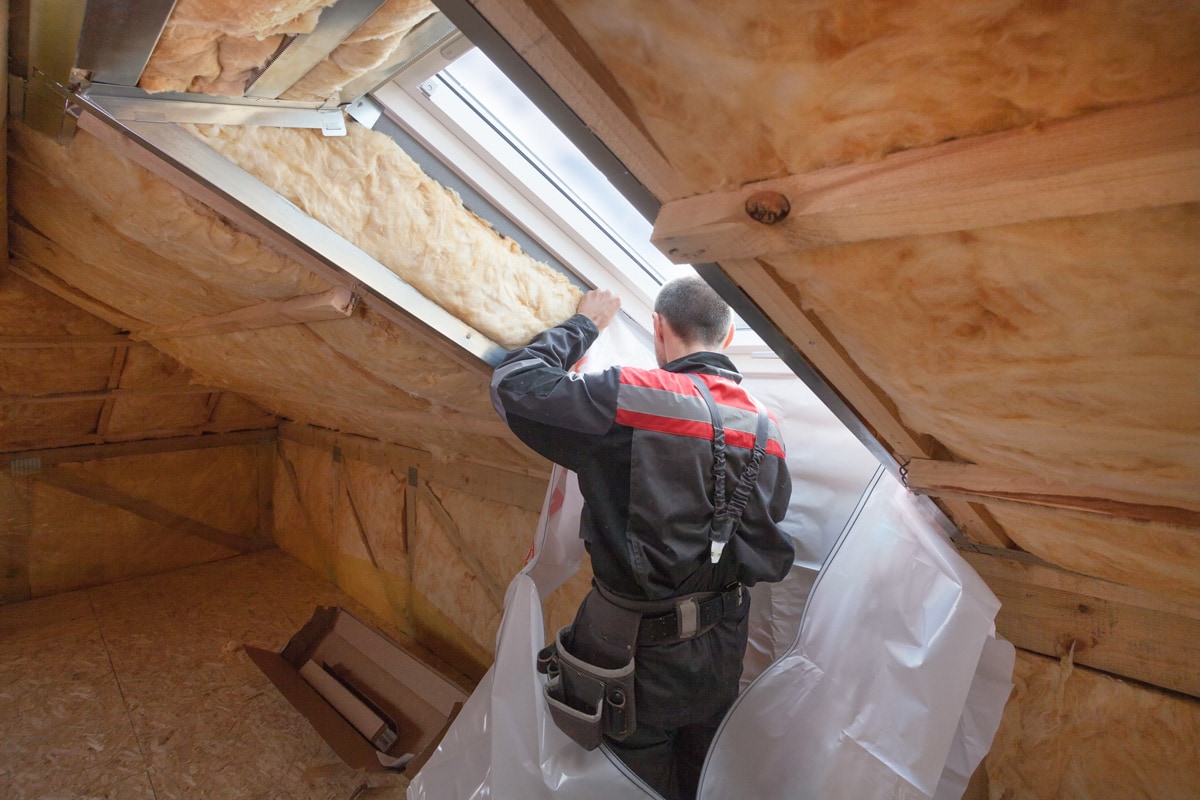
Technically speaking, yes, you do need a vapor barrier. However, it is not necessary for every kind of wall or every kind of building. Nowadays, the installation of vapor barriers greatly depends on the climate, location, and type of wall construction.
Builders are advised to follow the local building codes of the area where they work. Vapor barriers now come with many alternatives, but certain areas do have class requirements that should be strictly followed. Do not attempt to use alternatives to different classes necessary in these regions because it can cause damage in the future.
In certain situations, vapor barriers must be installed to prevent rot and mold from building up on the interior walls. Make sure to consult your building offices for vapor barrier recommendations:
If your home is located in a more temperate area, you can most likely do away without installing vapor barriers on all of your walls. For example, your bedroom can go without one, as well as your living room or dining room. Make sure to ask your contractor if it is an absolute requirement or if you can use an alternative.
Humid places
Areas with high humidity, like greenhouses, indoor pools, and bathrooms, should have vapor barriers installed. This is because of the amount of water and heat that passes through these areas. Prolonged exposure to moisture will allow mildew to form on the walls.
During the renovation or construction of your home, make sure to have a vapor barrier installed in such places, even if you live in a relatively temperate climate. This is to ensure that your walls will be spared from mildew and rot damage due to natural moisture from these places.
Very cold climates
As noted by the IRC, the use of polyethylene vapor barriers is beneficial for homes constructed in cold climates. The polyethylene vapor barriers should be installed in between the insulation and interior wallboard. The air gaps that lead to any wall or ceiling cavity should be blocked. However, the exterior wall should remain permeable to allow water vapor to dissipate.
Hot, humid climates
Houses built in hot, humid areas should have an exterior vapor barrier installed in their walls. This is to prevent outside humidity from seeping into the walls, causing issues inside the home.
Below-grade spaces
Areas that are below grade often get moisture transmitted through the concrete walls and slabs. For spaces like these, a vapor barrier installed against the concrete surface should protect the room from excessive moisture, and it should be placed before the wood framing or flooring is installed.
Crawl spaces
Crawl spaces are located directly under many homes and do not have any protective barrier. To prevent moisture from the crawl space from permeating your home, a vapor barrier can be placed directly on top of the exposed earth. It's a useful idea if you have the means, but definitely not necessary.
Are There Other Materials I Can Use As Vapor Barrier?
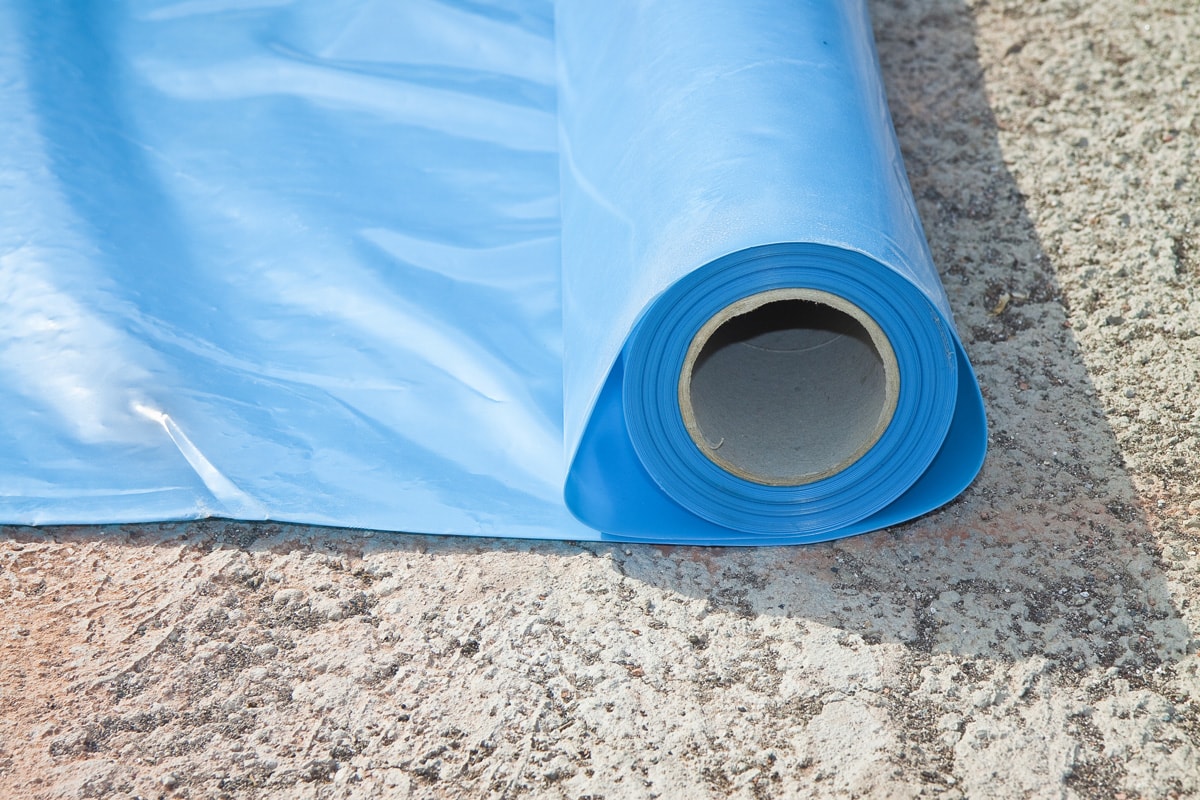
Aside from polyethylene sheets or vapor barrier paints, there are other materials you can consider using as your vapor barrier. Builders generally use these materials depending on their permeability or perms rating. Most vapor barriers sit on the impermeable materials and semi-permeable materials rating.
Here's a short list of materials, but make sure to check your local building codes to find out if they are acceptable to use in your area.
- Elastomeric coatings
- Aluminum foil
- Bitumen-coated Kraft paper
- 30-pound asphalt-coated paper (tar paper)
- Paper-backed aluminum sheets
- Metalized film
- Polystyrene or foil-backed foam board insulation
- Rubber membranes
- Exterior grade plywood
- Glass and metal sheeting
Final Thoughts
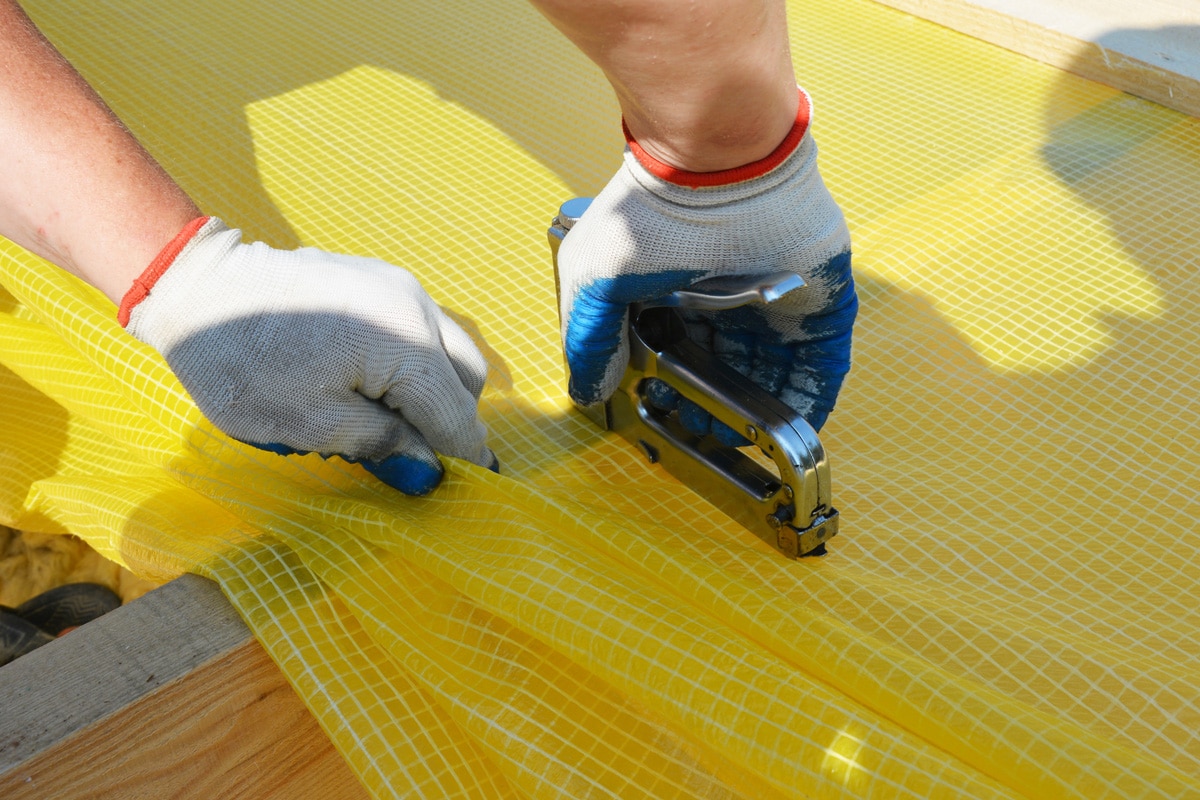
Although it might not be important to all homes, a vapor retardant will definitely prolong the life of your walls. Protecting your home's walls from excess moisture can prevent mold and rot issues from damaging your house. Depending on what works best for you, your home will be protected with these barriers in place.
Are you looking for more information about vapor barriers? Look no further because we have some articles that might interest you:
Basement Vapor Barrier: Yes Or No? [Pros And Cons Explored]


